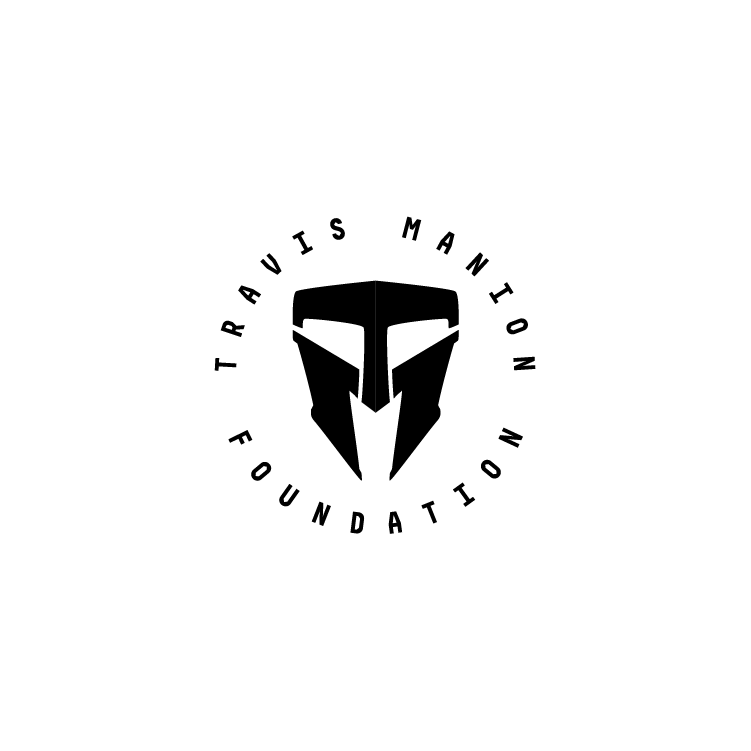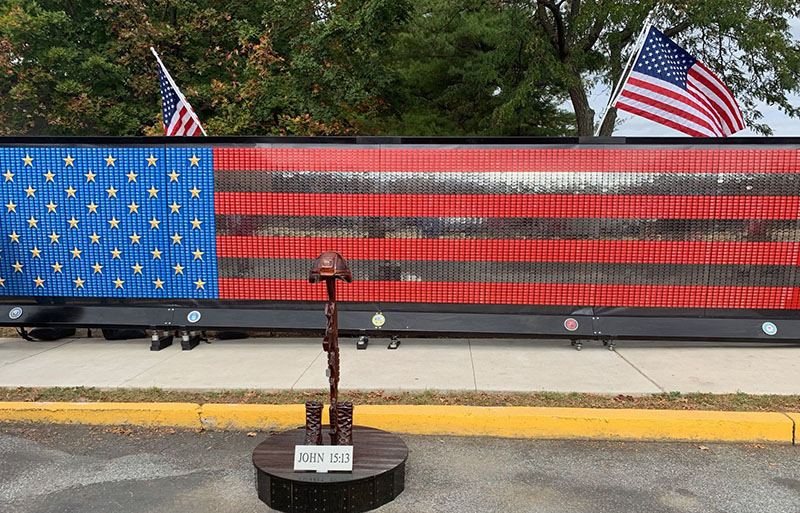The fall is a wonderful time for outdoor sports. The air is cooling off, the mornings are crisp, and the leaves are beginning to change to beautiful autumn colors. The improved weather conditions often lead to a lot of increased outdoor activities such as running, hiking, biking, and long walks for many who spent the dog days of summer in the comfort of their air conditioner.
Increased movement is a great way to improve overall health. Unfortunately for some; the good intentions of going the extra mile can at times lead to pain. Pain is a very normal part of life and is not always something to be afraid of but when pain interferes with your daily function and ability to participate in your preferred form of exercise it is time to see your physical therapist.

Most of the time pain with exercise develops when we begin training either too much, too fast, or a combination of both. We have a timeline to prepare for an event and we want to get to that finish line, literally.
Often the first response, when pain is present, is to rest. In some instances, rest is appropriate, but our ultimate goal is to keep our bodies moving as they heal. If your pain persists or alters your movements then an evaluation with your physical therapist is warranted before these altered mechanics become another source of pain altogether.
Many are familiar with the term tendonitis or tendinosis. The mechanism of injury for these inflammatory type conditions often results from a small discomfort that we try to work through to some extent. With this pain comes changes in how we move and often asymmetry in muscle partnerships around the irritated area putting increased stress or burden on one region, which can lead to inflamed tissue. When this inflammation is acute we use the term tendonitis. When it is more chronic, we prefer tendonosis.
Our job as physical therapists is to assess this area of pain and try to reduce the discomfort first and foremost. At the same time, we also are looking at the muscles and joints surrounding the area in order to identify what factors may have predisposed this issue to become painful in the first place.
An example of this might be a runner who complains of low back pain. We want to give those individuals strategies to decrease their pain both in therapy and at home when the pain is present. During that evaluation, we may also identify that this pain is stemming from the increased load at the spine during impact due to weak hip extensors and tight hip flexors, or tight hamstrings and a weak core.

Once the problem is identified we come up with a plan for that person. Our goal is to teach the individual exercises and strategies to mitigate their pain. We also try to reduce the recurrence of their pain through specific strengthening and stretching exercises as they increase their activity levels. This plan may also include education about their technique for certain tasks such as squatting, stairs, running, etc.
It is also important that we set very realistic expectations with our patients. We want to help them to be better connected to their body’s signals. If a patient is new to exercise or athletics it may take him or her, time to realize that some degree of discomfort is normal as they push their exercise routine further and work toward their goals.
We also want them to learn what their red flags are, and when to back off and modify what they are doing so that they can find a way to stay active without feeling like they are taking two steps backward.
One major motivator for movement this time of the year is all of the great charity races and fundraising runs that come up. These events push many of us out of our comfort zones and onto the pavement. Every year our WWS physical Therapy and Vestibular Rehabilitation practice, Doylestown, PA., look forward to participating in the Travis Manion Foundation’s 9/11 Heroes Run.

Hearing the stories of our Veterans and the family members of those honored on that day is enough to make us all want to push a little harder. Witnessing the tremendous amounts of perseverance and determination by all on that day is truly inspiring and part of why we keep coming back to Honor The Heroes and participate in the 5k run for 9/11 Heroes.

This event is a perfect example of the determination of the human spirit and obstacles overcome.
We hope to see all of you out there for this wonderful cause, whether walking, running, or cheering on friends and family, and if you are feeling your body talk to you as race day approaches, or even afterward then visit us for an assessment at WWSPT.
Dr. Jenna McLane PT DPT,
WWS physical Therapy and Vestibular Rehabilitation,
Doylestown, PA.
(215) 489-3234

Leave a Reply